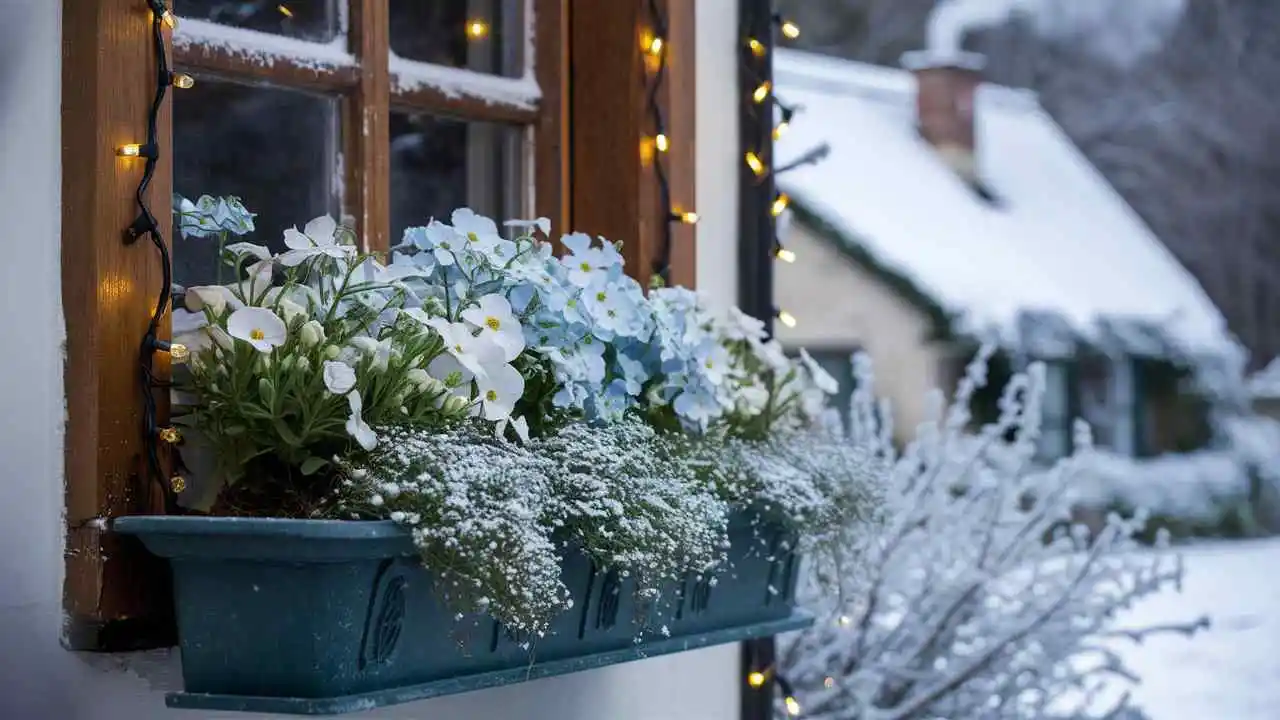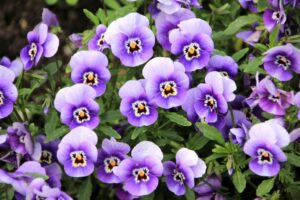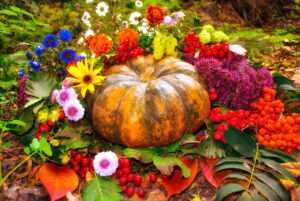As the cold weather sets in, many gardeners might feel tempted to retreat indoors, but with the right selection of winter flowers, your window boxes can continue to bring life, color, and vibrancy to your outdoor spaces. Winter flowers can endure the chilly temperatures while providing an eye-catching display that brightens the dreary months.
Cyclamen

Cyclamen is an enchanting winter flower that adds charm and beauty to any window box. Known for their heart-shaped leaves and exquisite blooms, cyclamen thrive in cooler temperatures, making them ideal for winter displays. Their unique, upswept flowers come in a variety of colors, including bright pink, deep red, and pure white.
When choosing cyclamen for your window boxes, consider placing them in well-draining soil that remains slightly moist but never soggy. These delightful plants prefer partial shade, so a window box that receives indirect sunlight will help them thrive. An interesting fact about cyclamen is that they are not only aesthetically pleasing but are also known to attract pollinators during milder winter days. This means that by planting cyclamen, you are contributing to the local ecosystem even in the colder months.
Moreover, cyclamen’s foliage can remain lush and green throughout the winter, providing a visual contrast that pairs beautifully with other winter plants. Be sure to check for cyclamen mites, as these can affect the health of the plants. Regular care, such as deadheading faded blooms and ensuring they receive proper watering, will keep your cyclamen healthy and vibrant.
Heucheras

Heucheras, also commonly known as coral bells, bring an exciting splash of color and texture to winter window boxes. These perennial stars boast striking foliage in a range of hues, including purples, reds, and greens, making them a versatile option for adding depth to your arrangements. Their leaves can create a breathtaking mosaic effect, ensuring that even in the absence of flowers, they command attention.
Not only do heucheras survive the winter chill, but they are also known for their exceptional adaptability, thriving in both sunny and partially shaded positions. A significant advantage of incorporating heucheras into your winter window boxes is their hardiness; many varieties can tolerate extreme weather without compromising their beauty. They require soil that drains well, which helps prevent root rot and ensures their health throughout the winter months.
Another interesting aspect of heucheras is their capability to remain evergreen in milder climates. This means that they will continue to provide visual interest long after other plants have faded. For an added touch, consider pairing heucheras with cyclamen or ornamental kale to create a dynamic contrast of color and texture that will brighten your window boxes all season long.
Ornamental Kale
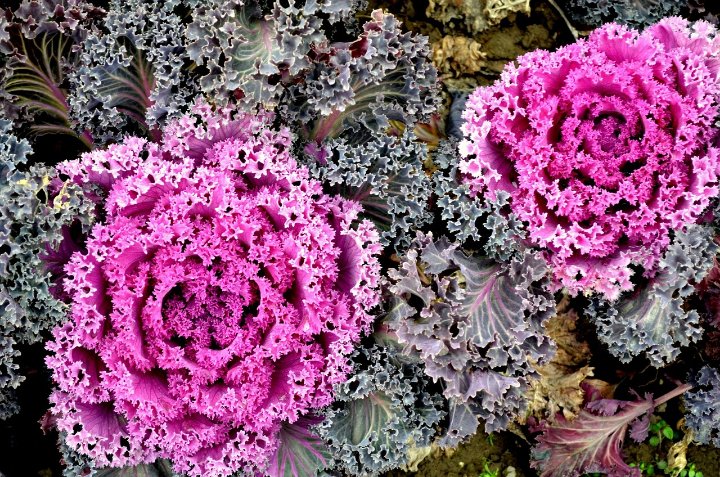
Ornamental kale, with its rosette structure and vibrant colors, is an increasingly popular choice for winter window boxes. These edible plants offer stunning foliage that can range from deep purples to bright whites and greens, adding a spectacular visual element to your winter arrangements. Unlike traditional flowering plants, ornamental kale emphasizes foliage over blooms, making it a unique addition when the landscape is characterized by stark colors.
Growing ornamental kale is relatively straightforward; they thrive in cool temperatures and hold up remarkably well against frost. For optimal growth, it is essential to plant them in rich, moist soil that supports their growth. An advantage of using ornamental kale is its versatility; they can be arranged in various combinations with other winter flowers, creating a layered look in your window boxes.
One fascinating feature of ornamental kale is that its color can deepen and intensify with the arrival of colder temperatures, showcasing vibrant colors that might be absent in warmer weather. This characteristic allows for continuous transformation throughout the season, ensuring that your window box remains an engaging focal point. Additionally, when viewed against a backdrop of white snow, the colors of ornamental kale stand out strikingly, creating a visually appealing contrast that captures the essence of winter.
Heather
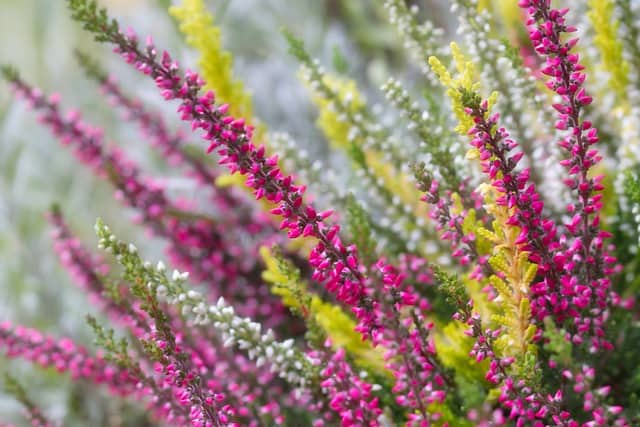
Heather is a hardy evergreen flowering shrub that adds a charming touch to any winter window box. Renowned for its slender, spiky foliage and delicate blooms, heather comes in various shades, including pink, purple, and white, creating a cheerful visual palette even during the darkest months. This versatile plant thrives in acidic soil and prefers well-drained conditions, making it an excellent choice for window boxes.
One of the most appealing aspects of heather is its ability to flourish in full sun, which enhances the vibrancy of its flowers. The blooms often attract beneficial insects, contributing to pollination strategies even in winter. Additionally, the subtle fragrance of heather flowers can draw in honeybees and other pollinators, making your window boxes not only eye-catching but also ecologically beneficial.
Heather’s resilience means it can withstand harsh weather, making it ideal for window boxes that are exposed to the elements. Its lovely foliage remains green throughout the winter, adding a lush backdrop to any display. When combined with other winter flowers, such as heucheras or cyclamen, heather can add an enchanting layer of texture and color variation that breathes life into your outdoor space during the colder months.
Hellebores
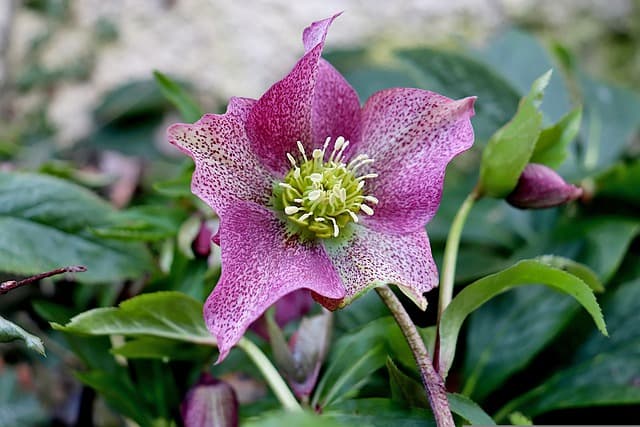
Hellebores, often referred to as Lenten roses, are a true winter gem that can brighten up any window box. Known for their unique, cup-shaped blooms that appear as early as January, hellebores offer a striking contrast to the snowy landscape. They come in a variety of colors, including soft pinks, deep purples, yellows, and whites, and their blooms tend to be veined, giving them an intricate appearance that is visually captivating.
A significant advantage of including hellebores in your winter flower arrangements is their resilience to cold temperatures. They can thrive in partial shade to full sun, making them adaptable to various growing conditions. These hardy perennials also prefer well-drained soil that is rich in organic matter, which can help retain moisture during dry spells without waterlogging the roots.
One remarkable aspect of hellebores is their evergreen leaves, which provide lasting greenery throughout the winter months. As the flowers emerge, they offer a cheerful pop of color that can uplift the spirits on even the gloomiest of days. Alongside plants like ornamental kale or heather, hellebores can create a harmonious and visually arresting winter window box display that transforms your outdoor area into a warm haven.
Winter Aconite
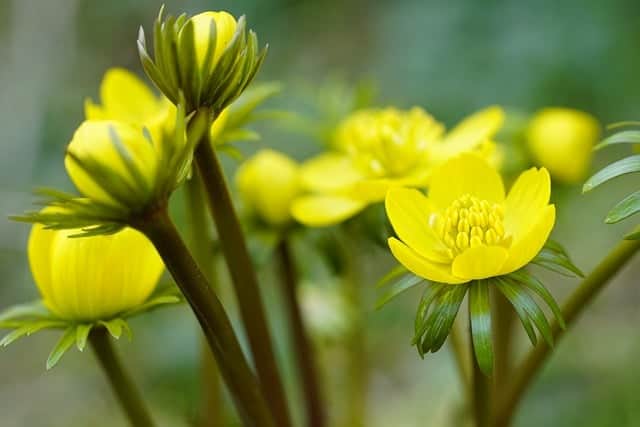
Winter aconite is a delightful early blooming flower that can bring an exciting burst of color to your winter window boxes. These small but vibrant flowers typically bloom from January to March, showcasing sunny yellow blooms that can cheerfully punctuate the often muted tones of winter. Their iconic cup-shaped flowers are a sure sign that spring is on the horizon, making them a favorite among gardeners looking to add a touch of optimism to their winter displays.
Winter aconites thrive in well-drained soil rich in organic matter, and they perform best in partial shade to full sun. Their low-growing nature allows them to fit snugly in window boxes, where they can form charming clusters of color among other winter flowers. A unique aspect of these plants is their ability to naturalize over time, allowing them to spread and create beautiful drifts of yellow alongside companion plants.
Moreover, winter aconite’s early blooms provide important nectar for pollinators emerging from hibernation, making them not just a visual delight but also a critical part of the ecosystem in winter. Including winter aconite in your window boxes can create a lively contrast to the more subdued colors of other winter flowers like heucheras or ornamental kale, captivating onlookers and inspiring hope for the sunny days to come.
Persian Violet
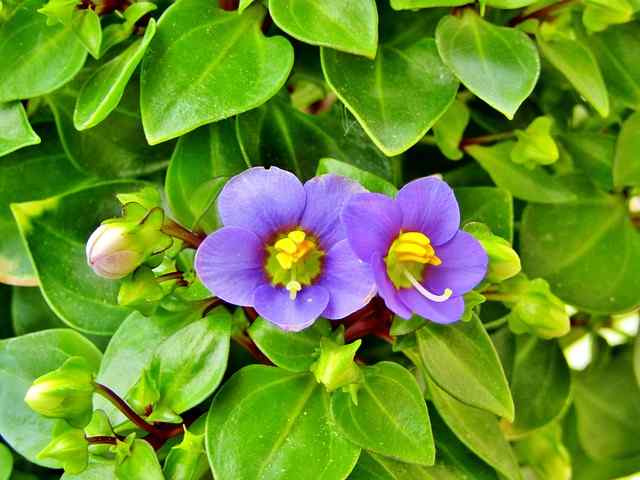
Persian Violet, also known as Exacum affine, is a delightful plant that brings a splash of vibrant color to winter window boxes. With its brilliant purple or blue flowers and glossy green leaves, it provides a refreshing contrast to the typically gray and dull winter landscape. Persian Violet is particularly well-suited for container gardening and is often used to create stunning arrangements in window boxes.
One of the remarkable features of Persian Violet is its long-lasting blooms, as the flowers can last for several weeks if properly cared for. They thrive in well-drained, slightly acidic soils and prefer a location that receives bright, indirect light. While they can tolerate some cold, providing protection from harsh frosts is essential to maintain their vibrancy and health.
A unique aspect of Persian Violet is its ability to bloom intensely during the winter months, bringing life to your window boxes at a time when many other plants are dormant. These lovely flowers not only enrich your window display but can also be a focal point in combination with other winter blooms, such as heucheras or cyclamen. Their vivid colors and lush foliage make them an excellent choice for creating a dynamic and inviting winter atmosphere.
Winter Iris
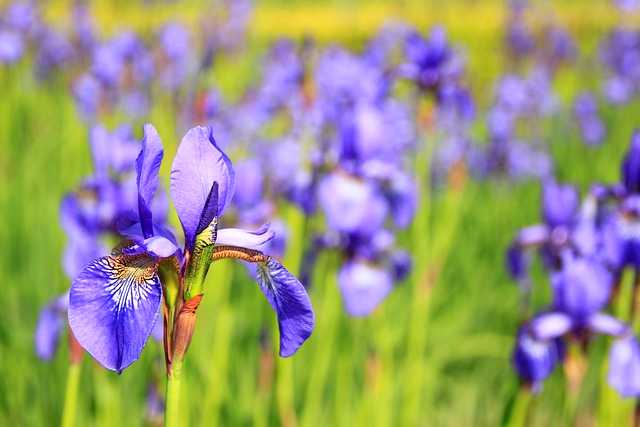
Winter Iris, specifically the Iris reticulata, is a captivating flower that flourishes in late winter to early spring. With its striking blue to purple blooms featuring intricate yellow and white markings, Winter Iris is not only a feast for the eyes but also a resilient addition to winter window boxes. This hardy bulb can withstand frost and light snow, making it a reliable choice for winter displays.
These compact plants thrive in well-drained soil and prefer full sunlight or partial shade. Planting them in your window boxes allows for easy observation of their enchanting early blooms, which generally emerge when the snow starts to melt away. The contrast of the vibrant Iris blooms against glistening snow creates a breathtaking spectacle that signals the approach of warmer days.
In addition to their beauty, Winter Iris attracts pollinators and provides early-season nectar sources for bees looking to emerge from hibernation. Their elegance and adaptability make them a popular choice for mixing with other winter flowers, helping to create a stunning tapestry of color and form in your window boxes. Consider pairing these lovely blooms with ornamental kale or hellebores for a diverse and eye-catching winter garden.
Christmas Rose
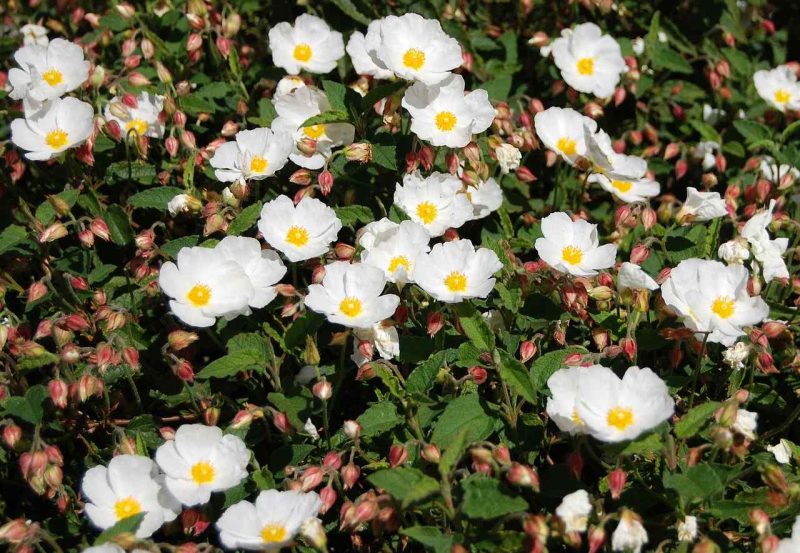
Christmas Rose, or Helleborus niger, is a classic winter flower that adds a touch of elegance to window boxes during the colder months. Blossoming as early as December, this perennial features exquisite white to pale pink blooms with prominent golden stamens, making it a cherished sight during the holiday season. The glossy, dark green foliage of the Christmas Rose remains attractive throughout the winter, enhancing the visual appeal of any display.
One of the most outstanding attributes of the Christmas Rose is its ability to thrive in shady spots, making it suitable for window boxes that may not receive direct sunlight. It prefers well-draining soil enriched with organic matter and remains resilient in cold conditions, enduring frost without issue. This hardiness allows you to enjoy its beauty when other plants have succumbed to the winter chill.
Beyond its visual charm, the Christmas Rose has a rich cultural significance, often associated with Christmas and holiday traditions. Incorporating the stunning blooms of this plant into your winter window boxes not only provides seasonal beauty but also evokes a sense of warmth and festivity. To create a visually compelling display, combine the Christmas Rose with complementary plants, such as heather or winter aconite, to create a layered arrangement that captivates throughout the winter months.
Amaryllis
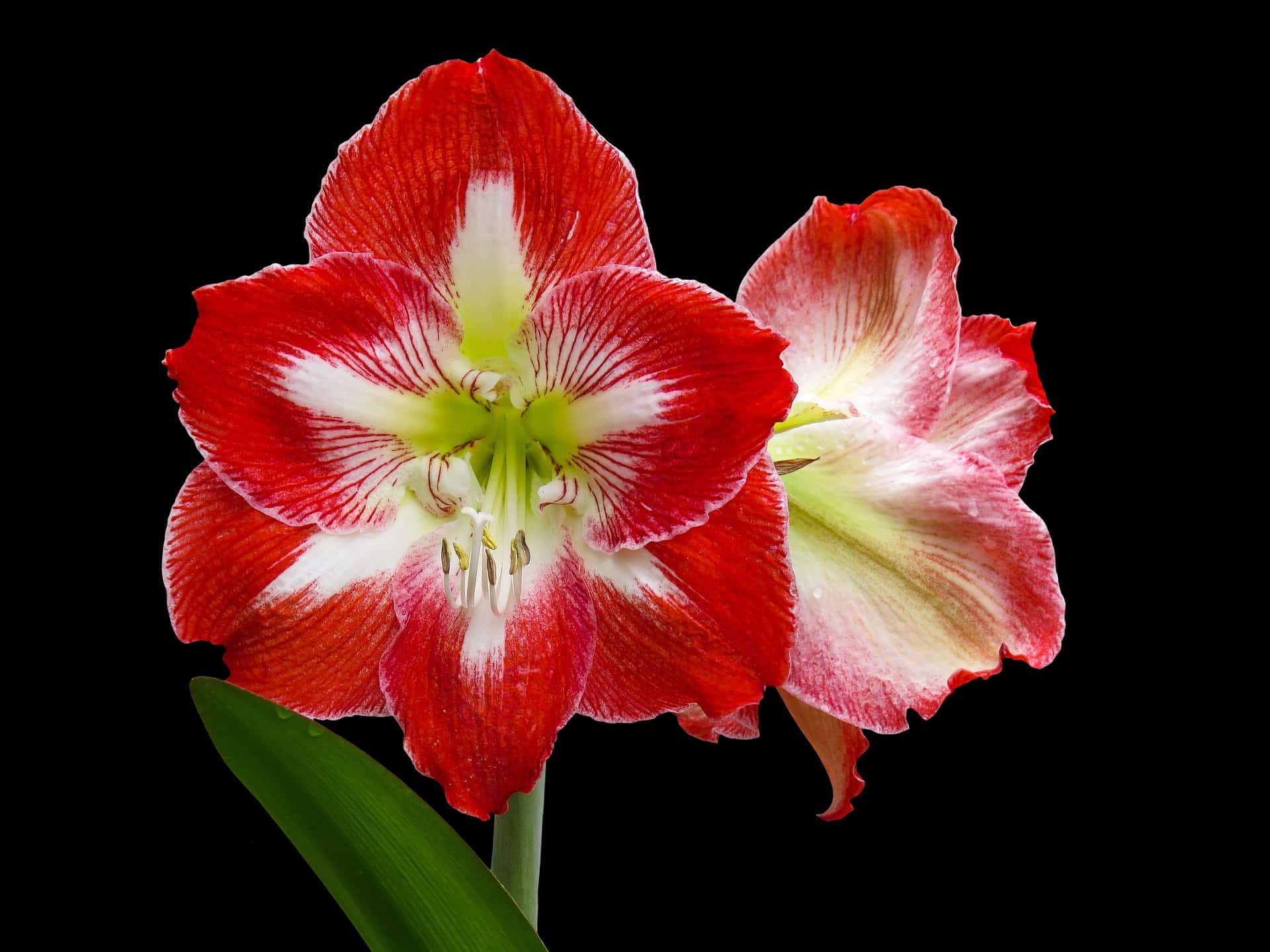
Amaryllis is a stunning flower that can infuse your winter window boxes with remarkable elegance and color. Known for their impressive trumpet-shaped blooms that can reach six inches in diameter, these flowering bulbs boast vibrant shades of red, pink, and white, making them a welcome sight during the winter months. Amaryllis typically blooms indoors, but with the right conditions, you can also enjoy outdoor displays in window boxes.
To ensure your Amaryllis thrives in a winter window box, you can start them inside, allowing them to flower before transitioning them outdoors during milder weather. They require well-draining soil and should be placed in an area that receives ample sunlight. Once the blooms appear, they can be quite striking against a cold winter backdrop, creating a dramatic visual impact in your window box.
Interestingly, Amaryllis symbolizes pride and determination, which is fitting for a flower that bursts into life when much of the world seems barren. By planting Amaryllis alongside other winter flowers, you create a breathtaking focal point that inspires admiration and joy. Their long-lasting blooms mean that even in the heart of winter, your window boxes can exude life and beauty, inviting everyone to appreciate the wonder of seasonal gardening.
Daphne
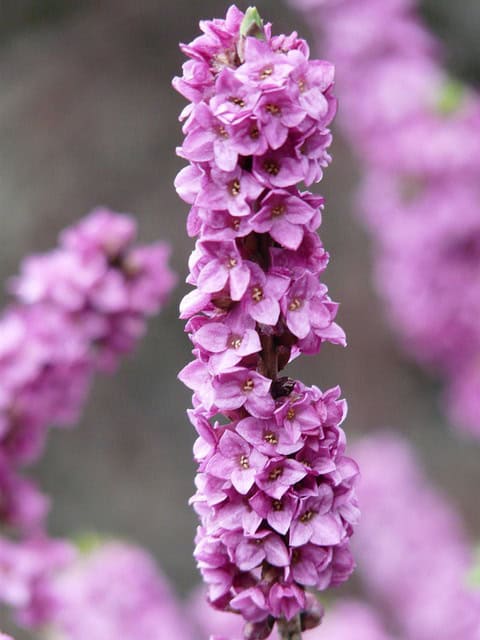
Daphne is a delightful choice for winter window boxes, offering not only visually pleasing qualities but also an exquisite fragrance that enchants passersby. With its delicate pink or white blooms, Daphne provides a subtle yet elegant contrast to winter’s often stark environment. This semi-evergreen shrub reaches a manageable height, making it perfect for window boxes where space is limited.
Daphne thrives in well-drained soil enriched with organic matter and prefers a spot that receives partial shade or filtered sunlight. Its blooms generally emerge in late winter to early spring, filling the air with a sweet scent that attracts garden enthusiasts and pollinators alike. The lovely fragrance can be particularly uplifting during the colder months, lending a delightful sensory experience to your window box display.
Incorporating Daphne into your winter arrangements can create a multi-sensory experience, as its rich aroma complements the visual beauty of other plants. When paired with the deep green foliage of heucheras or the vibrant blooms of Amaryllis, Daphne adds layers of texture and fragrance that elevate the overall ensemble. Its adaptability makes it a valuable addition to winter window boxes, helping create a visually appealing and aromatic outdoor space.
Daffodil
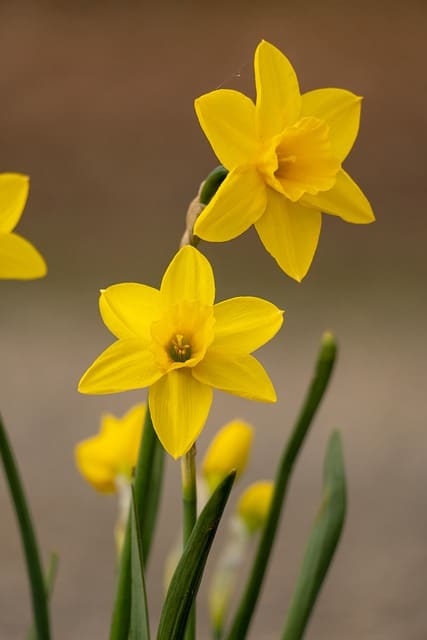
Daffodils, often heralded as the quintessential sign of spring, are a wonderful addition to winter window boxes when timed well. These resilient bulbs usually bloom from late winter to early spring, presenting their iconic yellow or white trumpeted flowers that can bring a sense of optimism and brightness even amidst lingering winter chill. Daffodils are often among the first flowers to pop up as the ground begins to thaw—symbolizing hope and renewal.
Planting daffodil bulbs in your window boxes in the fall allows them to produce a stunning display by late winter or early spring. They thrive in well-drained soil enriched with organic matter and prefer full sun to partial shade conditions. Once established, daffodils are relatively low-maintenance, making them perfect companions for gardeners looking for an easy yet impactful choice.
One exciting aspect of using daffodils in your winter window boxes is their natural resistance to pests and deer, as many animals tend to avoid them due to their toxic properties. When uniting daffodils with evergreen foliage like hemlock or even contrasts with early-blooming pansies, you can create an inviting display that signals the approaching warmth of spring while celebrating the beauty of winter.
Pansies
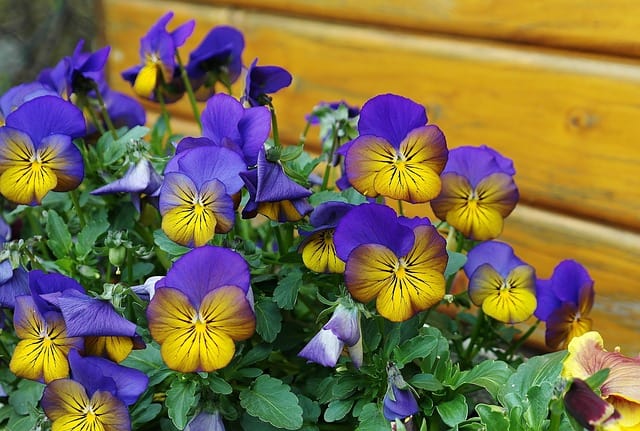
Pansies are a beloved choice for winter gardening, known for their vibrant colors and cheerful faces. These hardy annuals can withstand cool temperatures and light frosts, making them ideal for window boxes that need a pop of color during winter. With their wide range of hues—including deep purples, bright yellows, and rich reds—pansies are perfect for creating dramatic displays that stand out against the starkness of winter.
Pansies thrive in well-draining, fertile soil and prefer a location that receives full sun to partial shade. They can be planted in fall or early winter, depending on your region, to enjoy their colorful blooms throughout the cold season. One of the standout qualities of pansies is their ability to flower in cooler temperatures. While most plants wilt, these cold-tolerant beauties continue to thrive, offering a reliable burst of color through the darkest months.
When arranging pansies in your winter window boxes, consider pairing them with other hardy plants such as wintergreen or cyclamen. This combination provides a delightful variance in texture and form, making even the simplest window box a vibrant focal point. Additionally, the soft fragrance of pansies can enhance the sensory appeal of your outdoor space, inviting visitors to take a closer look.
Wintergreen
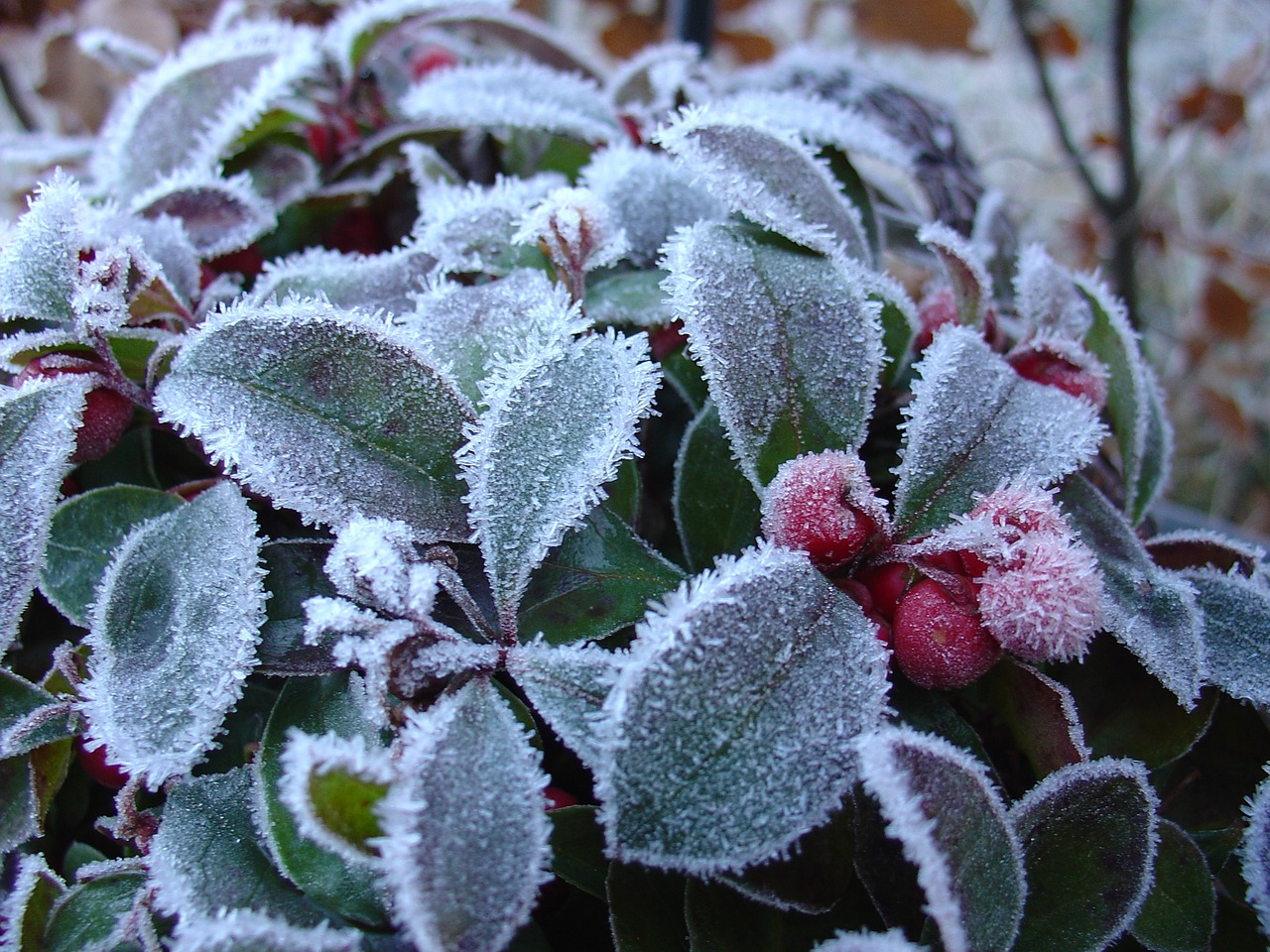
Wintergreen, or Gaultheria procumbens, is a charming evergreen ground cover that showcases glossy, dark green leaves and produces small, white bell-shaped flowers in the summer, followed by bright red berries in the fall and winter. This plant is an excellent choice for winter window boxes, adding year-round interest with its evergreen foliage and unique berry display. Wintergreen thrives in acidic, well-draining soil and prefers shaded to partially shaded conditions, making it versatile for various window box configurations.
One of the most appealing aspects of wintergreen is its fragrant leaves, which emit a minty aroma when crushed. This delightful scent can add another layer of sensory experience to your winter window box display. In addition, its low-growing habit allows wintergreen to complement taller plants, serving as a lush ground cover that ties together the overall arrangement.
When designing your window boxes, combining wintergreen with other winter flowers such as pansies and heathers can create a multi-dimensional visual feast. The contrast between the vibrant colors of the pansies and the deep green of the wintergreen, along with the texture of other plants like Amaryllis or Daphne, results in a harmonious and attractive winter landscape.
Winter Heather

Winter Heather, particularly the species Erica carnea and Erica darleyensis, is a true gem for winter window boxes. Known for its hardy nature and stunning colors, Winter Heather features small, bell-shaped flowers ranging from white to deep pink and purple that bloom throughout the colder months, often starting in winter and lasting well into spring. The compact nature of this evergreen plant makes it an ideal choice for window boxes where space may be limited.
Heather thrives in acidic, well-drained soil and prefers full sun, making it a resilient choice that is well-suited for winter cultivation. Its dense, evergreen foliage provides a lush backdrop for the beautiful flowers, ensuring that even during the times when blooms are scarce, your window boxes maintain an attractive appearance.
The low-growing habit of Winter Heather allows for versatile arrangements, making it an excellent complement to taller plants like Daffodils or Amaryllis. When mixed with other winter blooms like Pansies, the resulting palette will create a cohesive and inviting display. Additionally, Heather is known to be beneficial for pollinators, acting as a food source for bees that emerge in early spring, thereby contributing to biodiversity in your garden.
Coral Bells
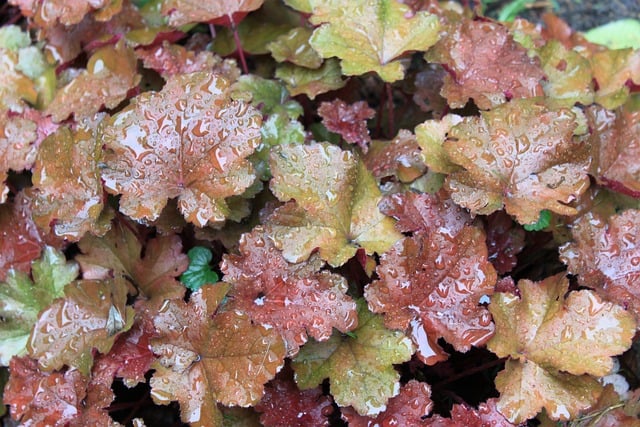
Coral Bells, or Heuchera, are a fantastic addition to winter window boxes, bringing both vibrant foliage and delicate flowers to your seasonal garden. This perennial plant is characterized by its stunning leaves that come in a variety of colors, including burgundy, silver, and green, making it an attractive feature even when not in bloom. Some cultivars also produce small, bell-shaped flowers on tall stalks, adding an airy texture to your arrangement.
Coral Bells thrive in a range of soil types but prefer well-draining soil enriched with organic matter. They can tolerate partial shade to full sun, making them versatile and adaptable to various window box conditions. One of the benefits of Coral Bells is their resilience through colder temperatures, offering a reliable splash of color when many winter plants are still dormant.
Incorporating Coral Bells into your winter window boxes provides an opportunity to create varied textures and hues, as their foliage contrasts beautifully with the blooms of Winter Aconites or Pansies. Moreover, the flowers of Coral Bells attract pollinators when they bloom in late spring, creating continuity in your garden’s ecosystem throughout the year.


